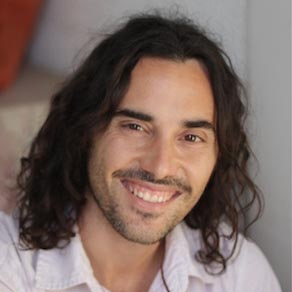Dr. Guillermo Rodriguez-Navas
Guillermo Rodriguez-Navas, Ph.D. is Senior Lecturer at the Embedded Systems division of the School of Innovation, Design, and Engineering at Mälardalen University, Sweden. Previously, he worked as researcher and lecturer for the University of the Balearic Islands, in Spain.
Guillermo’s speciality is the study of the dependability and safety aspects of complex embedded systems, with strong emphasis on the application of formal verification techniques for the analysis of such systems. He also has wide experience in fault tolerance for distributed embedded systems and fieldbus communication, including fault-tolerant clock synchronization for real-time systems.
He is currently member of the Formal Modelling and Analysis of Embedded Systems (FMAES) and maintains an active collaboration with the Systems, Robotics and Vision research group of the University of the Balearic Islands, Spain.
Guillermo’s papers include Probabilistic analysis of CAN with faults, An active star topology for improving fault confinement in CAN networks, Combining operational flexibility and dependability in FTT-CAN, Comparing real-time communication under electromagnetic interference, CANcentrate: An active star topology for CAN networks, The Karlskrona manifesto for sustainability design, Reassessing the pattern-based approach for formalizing requirements in the automotive domain, An UPPAAL model for formal verification of master/slave clock synchronization over the controller area network, The design of the CANbids architecture, Enforcing consistency of communication requirements updates in FTT-CAN, and Using timed automata for modeling distributed systems with clocks: Challenges and solutions.
He earned his BSc in Telecommunications Engineering at the University of the Balearic Islands (UIB), Spain in 1997. He earned his MSc in Telecommunications at the University of Vigo, Spain in 2001 and his Ph.D. degree in Computer Science at the University of the Balearic Islands in 2010.
Read his LinkedIn profile and his Google Scholar Citations page.
